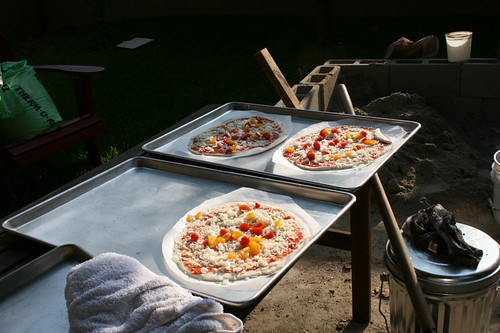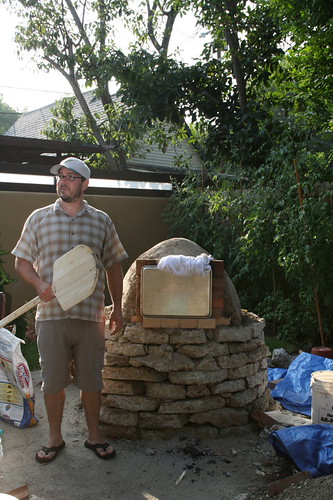Rose Levy Beranbaum's Cinnamon Raisin Loaf
Yesterday I made Rose Levy's Cinnamon Raisin Loaf from her Bread Bible. It's an enriched dough, using a sponge and lots of butter (no eggs, except one beaten as a wash for the interior of the rolled dough. It gets rolled out, an egg wash applied, sprinkled with cinnamon sugar and rolled into a loaf. It's somewhat labor intensive but the recipe produces a really good bread. However, there's a mistake in her recipe, which if you have Bread Bible, you should note. On page 261 - "Flour Mixture and Dough", she lists the ingredients: flour, dry
- Log in or register to post comments
- 12 comments
- View post
- holds99's Blog


 [/center]
Instead of toasting English muffins, we toasted our
[/center]
Instead of toasting English muffins, we toasted our 

